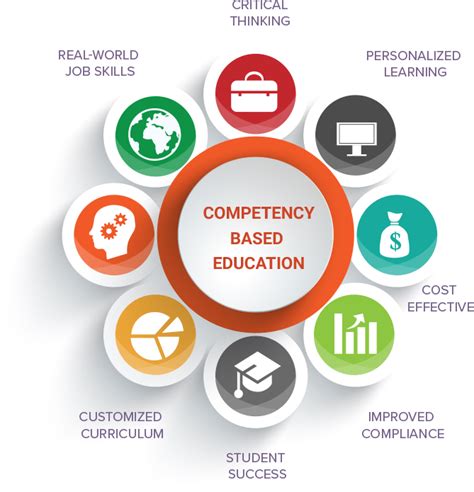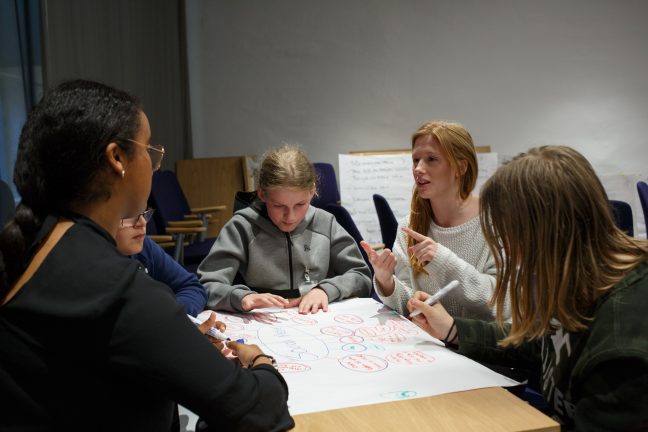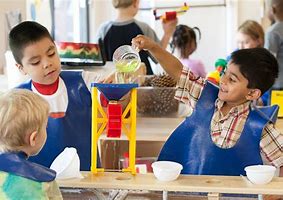The competency-based education (CBE) model can be a great, innovative way to teach adult learners at the community college or university level, but it can also be quite appropriate for youngsters at the elementary, middle, and high school levels. Here are a few basic tenets of CBE to consider:
Competency-based education isn’t an easy way to learn or to earn a college degree.
Instead, it’s a different way to learn. Rather than just sitting in a class and earning attendance points, learners really have to demonstrate what they know and are able to do through a variety of high-quality assessments.
True competency-based education is standards-based education.
A house must have a solid foundation in order to stand over time. Likewise, curriculum must be based on standards, and from those standards, competencies, learning objectives, and assessments are developed. As industry standards change, so must a competency-based curriculum evolve to ensure relevancy and currency.
Competency-based education is carefully planned and developed.
It is not a simple matter to create or switch to a competency-based educational model. It requires a great deal of thought, planning, training, and a commitment to various resources. Simply put, it’s not realistic for an institution to believe this can be created by one or two faculty members given extra teaching load pay over a semester or two. It requires systemic commitment and long-range strategic planning.
The curriculum found in a high-quality competency-based educational program comprises both breadth and depth.
A solid curriculum must be standards-based. In addition, a CBE curriculum can’t just “cover” certain key concepts and principles—this approach will not lead to deep, sustained learning. Instead, major content must be identified and embedded multiple times within signature learning experiences; they must be scaffolded throughout a program of study at increasing levels of complexity. Learners must be given multiple opportunities to understand and apply what they are learning in various contexts.
Self-paced learning is a cornerstone of the CBE model.
Rote memorization has been debunked by many over the years as an ineffective way to learn. Likewise, educators now acknowledge that lockstep teaching and learning does not meet the needs of individuals. An age-old approach known as “Teach to the Middle” is still often the norm in environments where class size is excessive and teachers need to work as efficiently as possible simply to manage their classrooms. However, this approach neglects the needs of students who are struggling, and it neglects the needs of students who have already mastered those skills and are ready to move on.
One of the most beautiful aspects of competency-based education is that it is based on a self-paced learner model: Students work at their own pace, taking as much or as little time as they need to understand, apply, and demonstrate their proficiency in the stated competencies and learning objectives. Learners are less frustrated; they feel empowered and more in control of their own progress.
The competency-based model lends itself well to online learning.
CBE certainly can work well in traditional face-to-face learning environments. However, it can work equally well in distance learning models. There are different nuances to consider in the planning stage, but CBE is adaptable to all learning environments.
What’s important is the strength of the curriculum, the learning resources, the quality of instruction, and the support given to learners. If the curriculum can be seen as the foundation of the house, then the other instructional elements can be viewed as the walls supporting the structure.
The quality of a competency-based program is heavily reliant upon the quality of its assessments.
In a competency-based model, learners demonstrate what they know and are able to do relative to specific learning objectives. They demonstrate this through a variety of high-quality assessments, frequently in the form of internally-created objective examinations, performance assessments, field-based assessments, and proprietary assessments.
If the curriculum is the home’s foundation, and the walls are comprised of learning resources, instructional quality, and learner support, assessments represent the roof. There must be direct alignment between what learners are taught and how their knowledge is measured.
Continuous, critical review of assessment data is essential.
Many educators throw around the term “data-driven” decision making these days, but few really understand what it means. A comprehensive assessment plan is essential to any institution, regardless whether it adheres to a competency-based educational model or not. There are many steps that need to be taken to ensure the quality, integrity, and continual improvement of the ways in which learner proficiency is measured.
The bottom line: It’s all about efficacy.
Regardless of the educational model being implemented, the strength of a program actually can best be determined by the sustained impact on the lives of learners. For example, are high school graduates accepted into college? Can someone with a CBE diploma or degree land a job of their choice?
Competency-based education is not just about learning in the moment; it’s about learning for a lifetime to serve the greater good.
###
About the Author: Dr. Roberta Ross-Fisher has expertise in higher education quality assurance, educator preparation, and competency-based education. A former public school teacher and college administrator, Roberta is now an educational consultant specializing in the Council for the Accreditation of Educator Preparation (CAEP).
Twitter: @RRossFisher
Email: globaleducationalconsulting@gmail.com
Top Graphic Credit: Edvin Johansson on Unsplash





